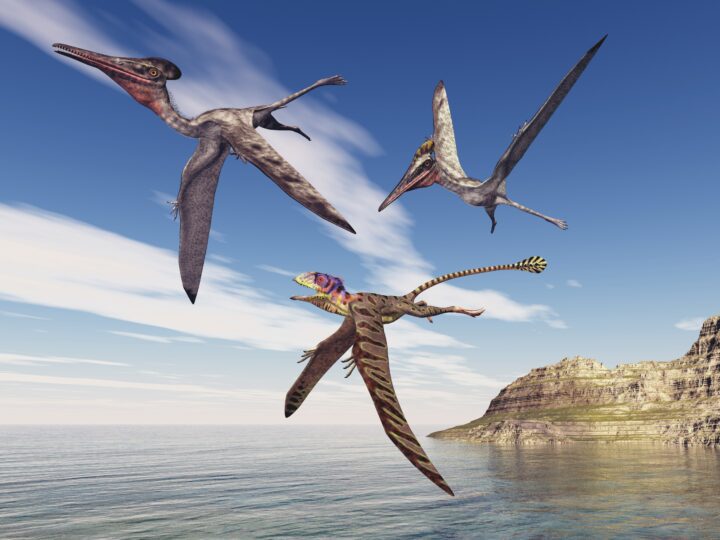Store Energy
Once a living system captures energy or transforms one energy form into another, it must frequently save that energy for future use. But energy is difficult to store in some forms. So living systems need strategies to either use energy quickly, or to convert it from forms that are difficult to store (such as electrical or kinetic) to more storable forms. For example, grasshoppers store energy as potential energy in an elastic material in their tendons. When they need to jump, that energy converts into kinetic energy, providing the force needed to escape predators.
Attach Permanently
A living system can conserve energy by attaching permanently to a particular site because it can take advantage of resources that come its way, rather than expending energy to move to resources. A permanent attachment, intended to last the lifetime of the living system, creates special challenges. For example, physical mechanisms, such as the anchor that holds a marine algae to the ocean’s bottom, must be able to withstand forces that can pull it off its substrate. Chemical mechanisms, such as a barnacle’s glue, must avoid both physical and chemical breakdown, such as being dissolved by water.
Move in/Through Gases
Living systems must move through gases (which are less dense than liquids and solids) such as those in the earth’s atmosphere. The greatest challenge of moving in gases is that because the living system is heavier than the gas, it must overcome the force of gravity. Moving efficiently in this light medium presents unique challenges and opportunities for living systems. As a result, they have evolved countless solutions to optimize drag and increase lift so that they can stay aloft and take advantage of variable currents. Additionally, they must overcome gravity when moving from a liquid or solid into the air. The fairyfly, the smallest known insect, is a tiny wasp that must move through the air. To the wasp, air feels like a heavy liquid and to move through it, it uses special feathery oars rather than wings.
Move in/on Solids
To obtain needed resources or escape predators, some living systems must move on solid substances, some must move within them, and others must do both. Solids vary in their form; they can be soft or porous like leaves, sand, skin, and snow, or hard like rock, ice, or tree bark. Movement can involve a whole living system, such as an ostrich running across the ground or an earthworm burrowing through the soil. It can also involve just part of a living system, such as a mosquito poking its mouthparts into skin. Solids vary in smoothness, stickiness, moisture content, density, etc, each of which presents different challenges. As a result, living systems have adaptations to meet one, and sometimes multiple, challenges. For example, some insects must be able to hold onto both rough and slippery leaf surfaces due to the diversity in their environment.





